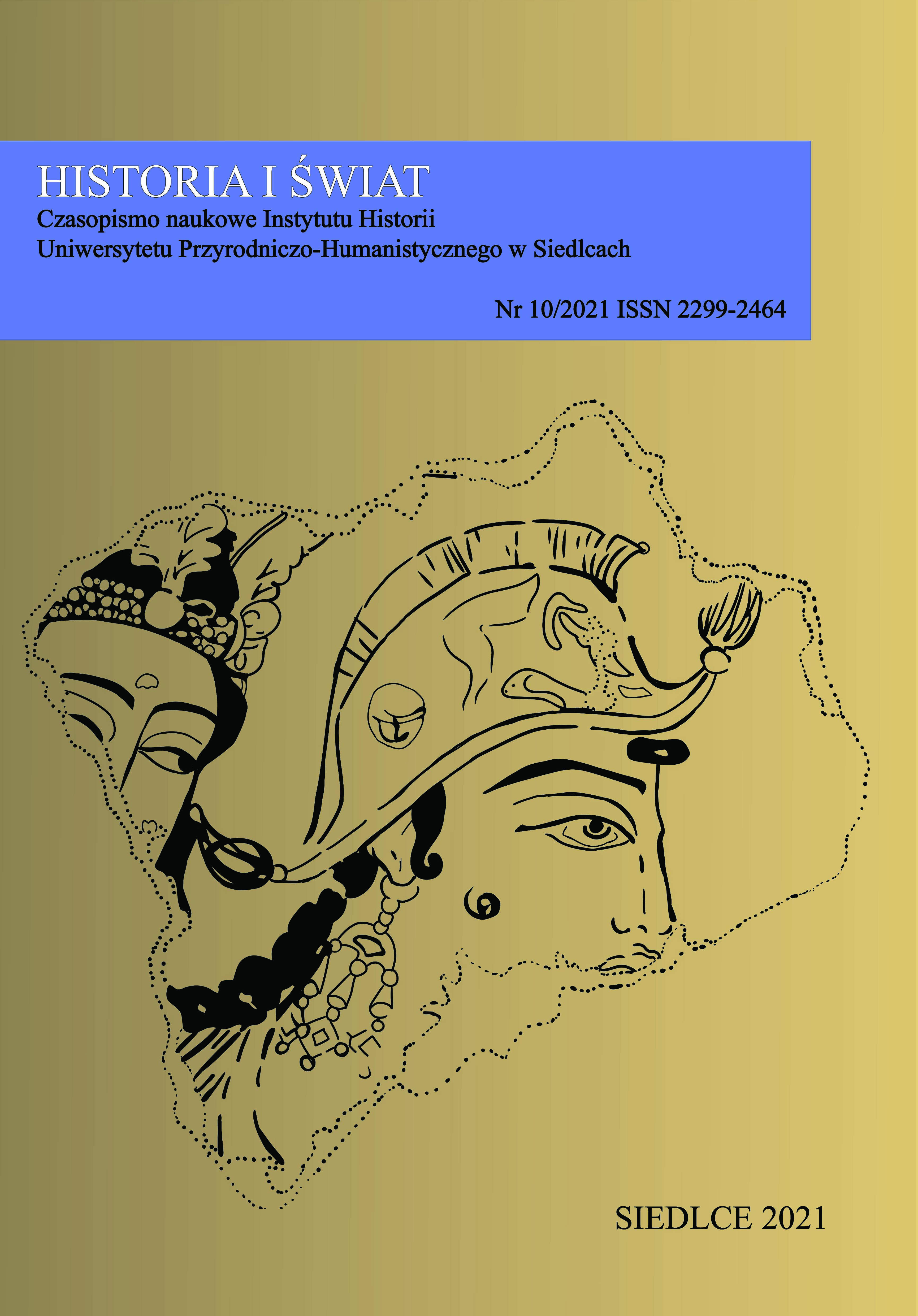The Role of the Cult of Josaphat Kuntsevych in Biała Podlaska in Creating Intercultural Space
The Role of the Cult of Josaphat Kuntsevych in Biała Podlaska in Creating Intercultural Space
Author(s): Dorota WEREDASubject(s): History, Cultural history, Social history, Modern Age, 18th Century, 19th Century, History of Religion
Published by: Instytut Historii UwS
Keywords: Josaphat Kuntsevych; Biała Podlaska; Uniate Orthodox Church; interculturalism; cult of relics; Slavia unita
Summary/Abstract: The article describes the history of the relics and cult of Josaphat Kuntsevych in Biała Podlaska (ca. 1705-1915) in terms of their significance for the creation of cultural space. After the relics had been transported from Polatsk to Biała Podlaska, they were kept in the chapel of Radziwill Castle, and then from 1764 they were displayed in the Basilian Orthodox church. The analysis of visual forms, musical culture, and religious practices demonstrated the readiness of the Uniate community to adapt and absorb cultural phenomena. The activity of the Basilians contributed to the transmission of elite culture to the whole society. The creation of the cult did not cause barriers for any groups to act either as creators or as recipients. Josaphat Kuntsevych gained popularity among people of different social status, believers of Greek and Latin rites; he was not identified with any ethnic group or nationality.
Journal: Historia i Świat
- Issue Year: 2021
- Issue No: 10
- Page Range: 253-268
- Page Count: 16
- Language: English

